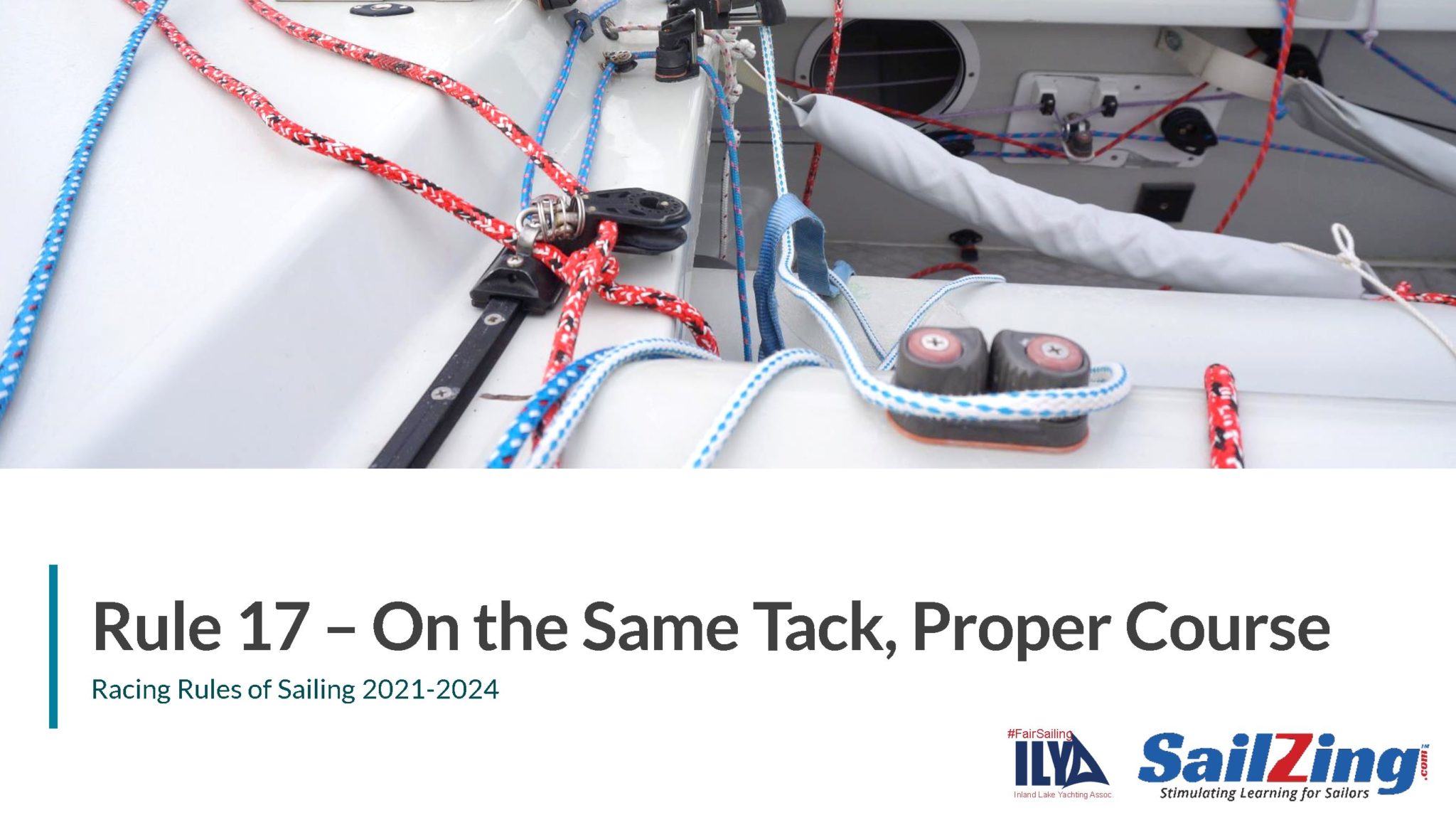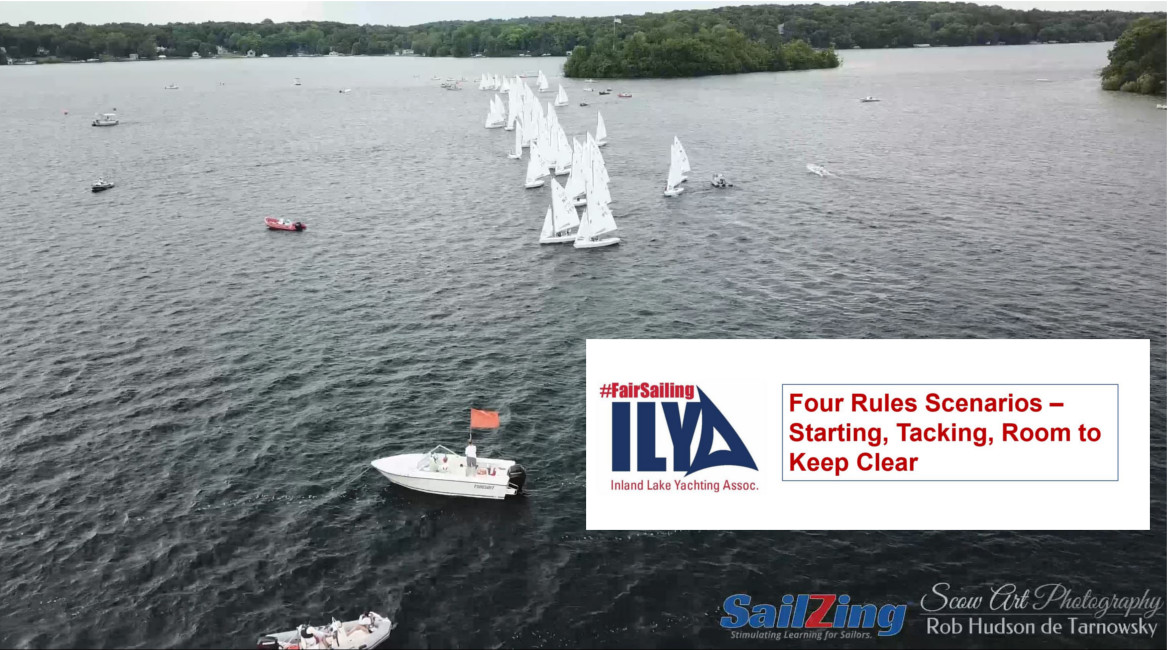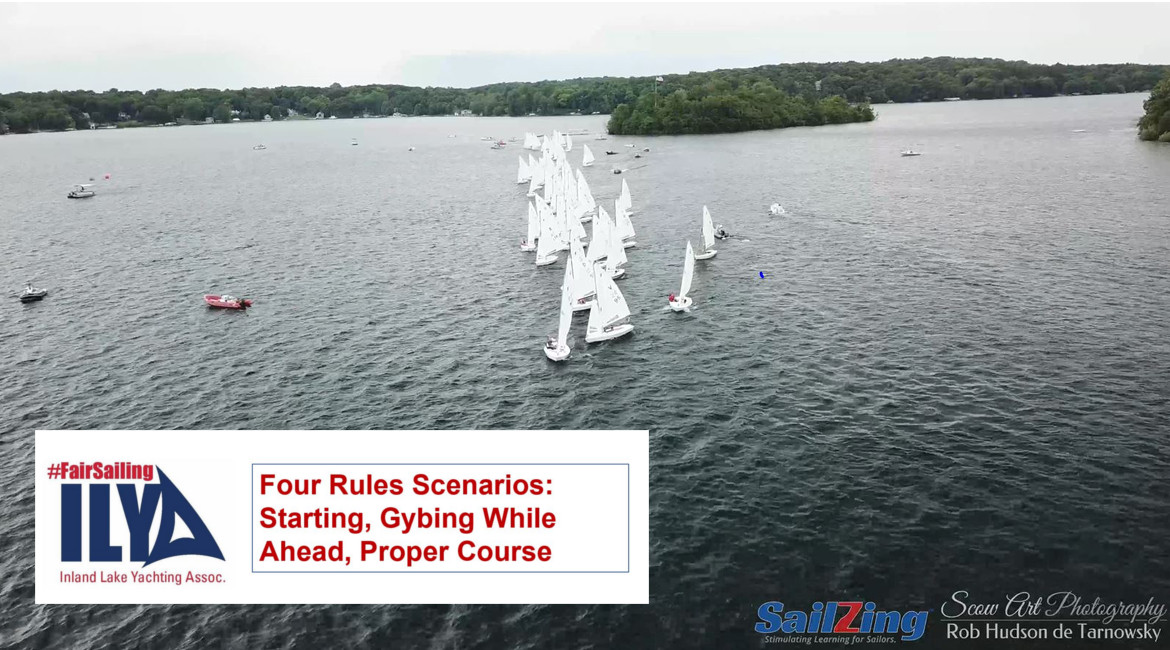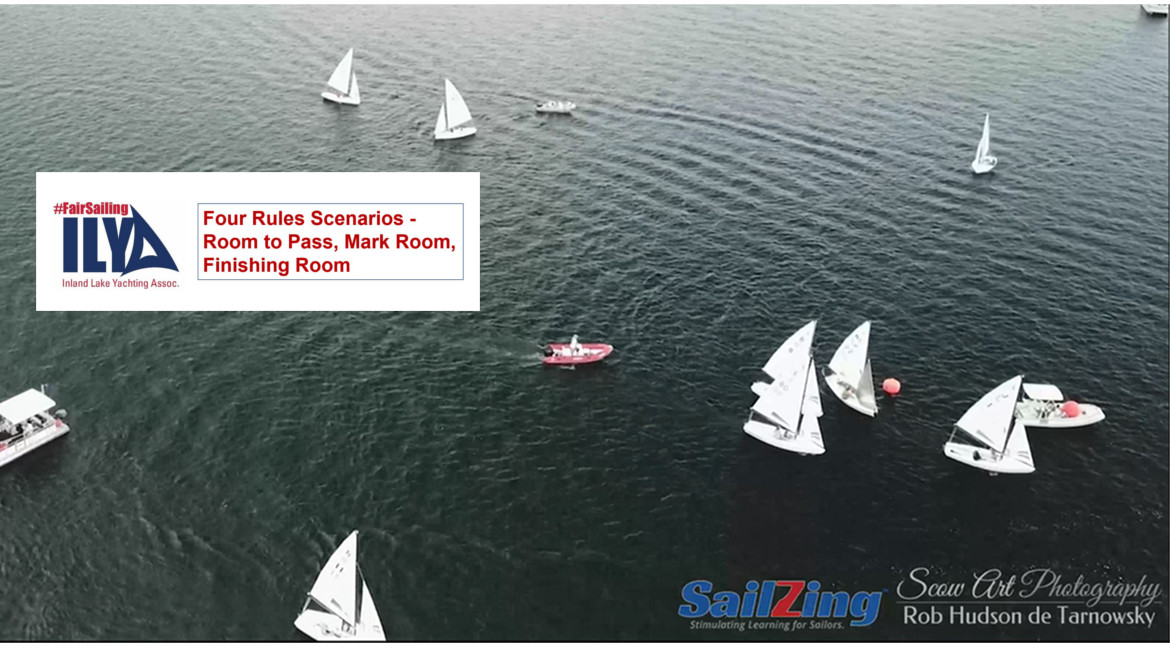Rule 17 – On the Same Tack, Proper Course – is the fourth rule in Part 2, Section B of the Racing Rules of Sailing. This post covers what you need to know about Rule 17, with video, animations, questions and answers, and links to the World Sailing Casebook.
In 2018, the Inland Lake Yachting Association (ILYA) and SailZing, LLC partnered on a Fair Sailing initiative. As part of this initiative, SailZing worked with the ILYA and UK Sailmakers to develop a series of articles on the rules. With the rules changes in 2021, SailZing is updating these articles and adding video summaries.
Our thanks to UK Sailmakers for generating the animated scenarios.
This is our final installment regarding the rules of Part 2, Section B – General Limitations. Remember, the rules in this section don’t change right of way, but they do limit the actions of right-of-way boats.
Rule 17 – On the Same Tack, Proper Course
“If a boat clear astern becomes overlapped within two of her hull lengths to leeward of a boat on the same tack, she shall not sail above her proper course while they remain on the same tack and overlapped within that distance, unless in doing so she promptly sails astern of the other boat. This rule does not apply if the overlap begins while the windward boat is required by rule 13 to keep clear.”
Definitions
Proper course. A course a boat would choose in order to sail the course and finish as soon as possible in the absence of the other boats referred to in the rule using the term. A boat has no proper course before her starting signal.
Previously-defined terms (click to refresh your memory): clear astern, overlapped, leeward, tack, Keep clear
Rule 17 Key Points
- This rule allows the boat ahead to protect her lead over another boat.
- Rule 17 only applies to a leeward boat establishing an overlap from clear astern, while on the same tack as the other boat, and within two hull lengths. Proper course does not apply to the windward boat.
- Proper course may be different for different boats.
Definition Change – Proper Course
A minor change was made to the definition of proper course. The words “sail to sail the course” were changed to “choose in order to sail the course.’’ This wording change makes the definition easier to read and to translate. See the markup below.

Scenarios
#1 – “From Behind 1”
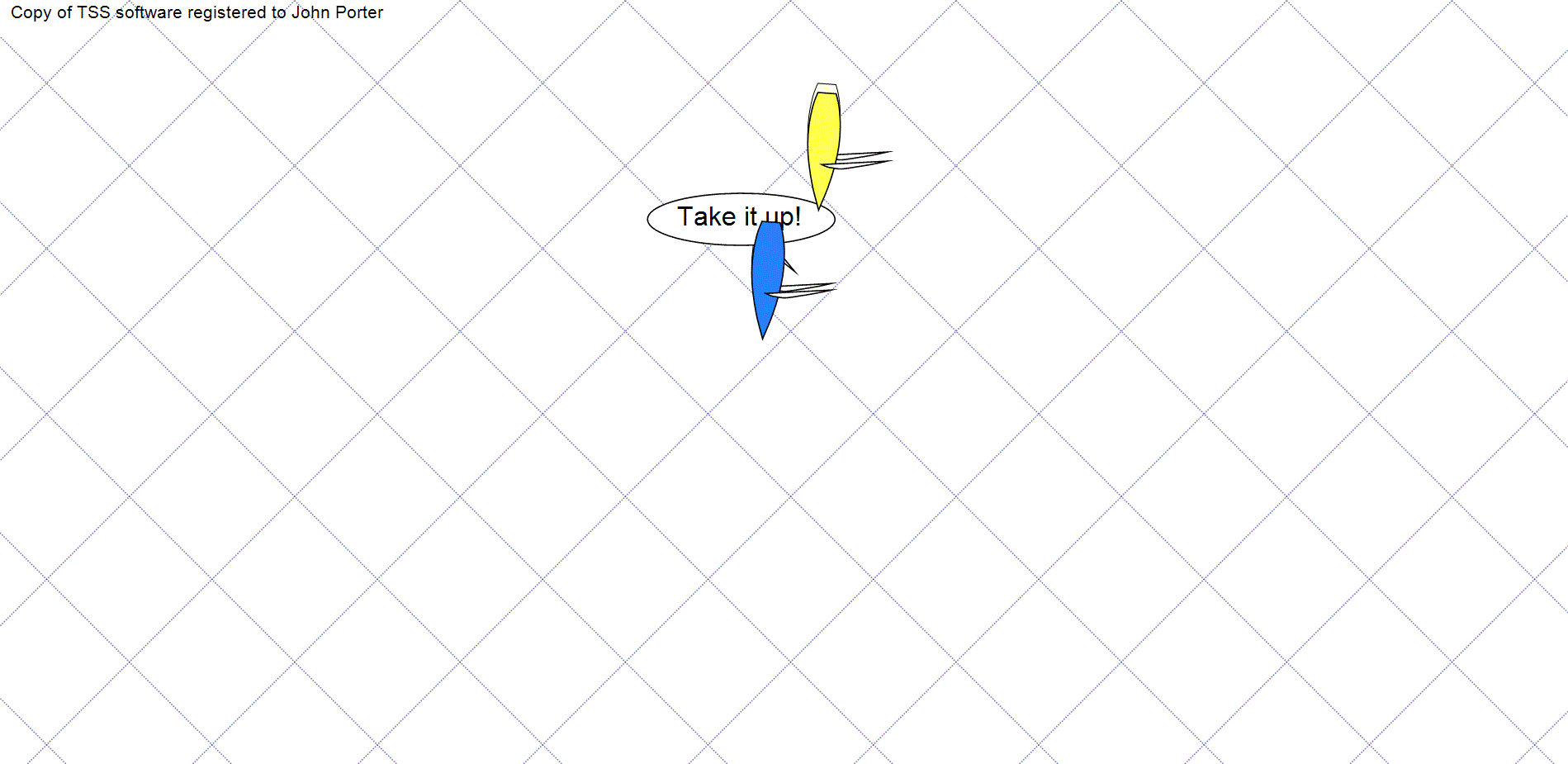
Description: Yellow and Blue are sailing downwind. Yellow establishes an overlap from behind and hails Blue to “take it up.” Yellow heads up and Blue heads up to avoid Yellow. There was no contact. Blue alleges Yellow broke rule 17. Yellow alleges there is no foul, she was leeward.
Did Yellow break Rule 17? Answer
Did Blue have the option to not turn up and protest? Answer
#2 – “From Behind 2”
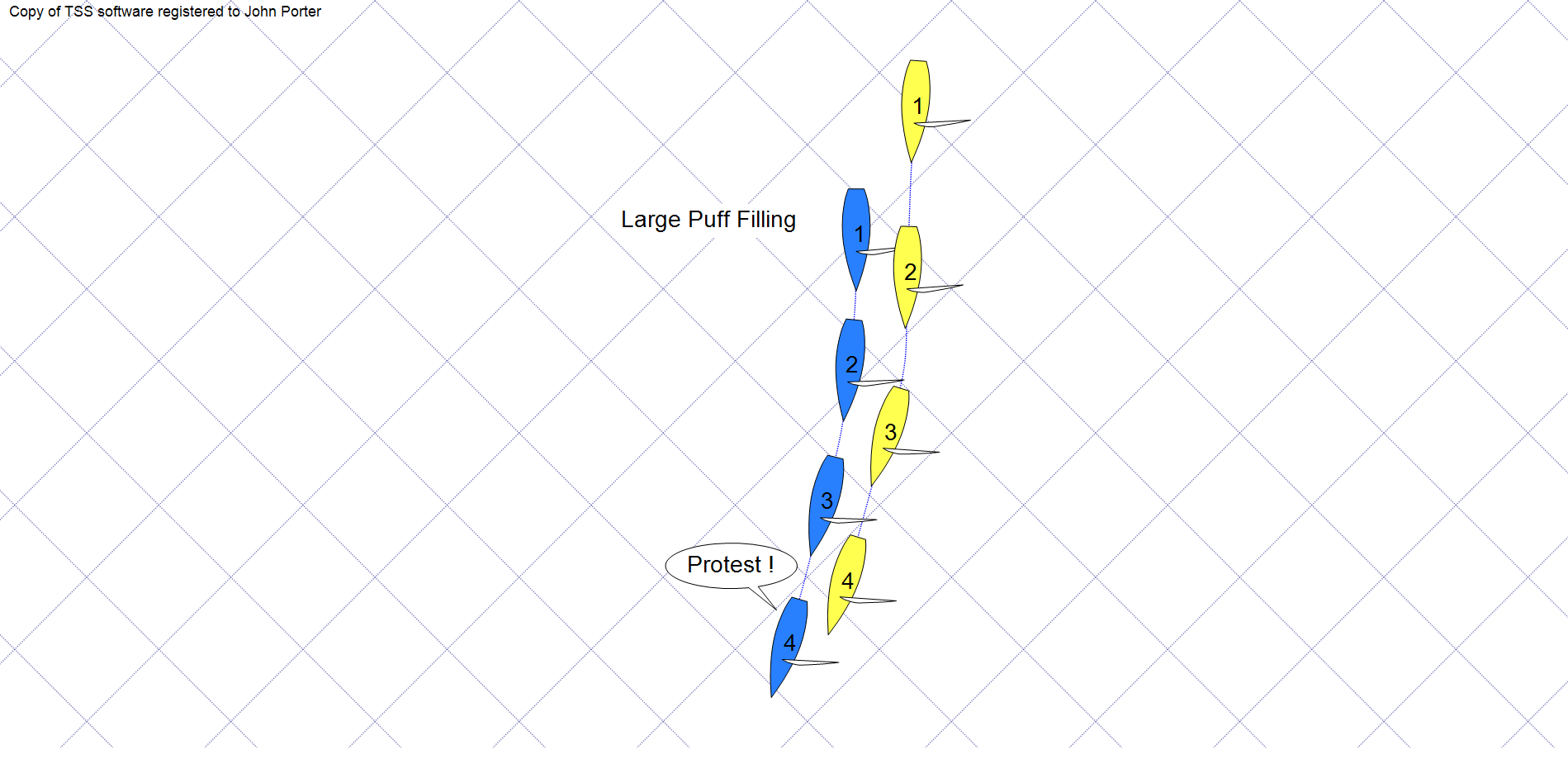
Description: Yellow and Blue are sailing downwind. Yellow establishes an overlap from behind and heads up to get to a large puff filling in to windward. Blue heads up to avoid Yellow. There was no contact. Blue alleges Yellow broke rule 17. Yellow alleges she was sailing to the puff.
Did Yellow break Rule 17? Answer
Did Blue have the option to not turn up and protest? Answer
Read Appeal 13 supporting the answers to this situation.
#3 – “Protecting the Lead”
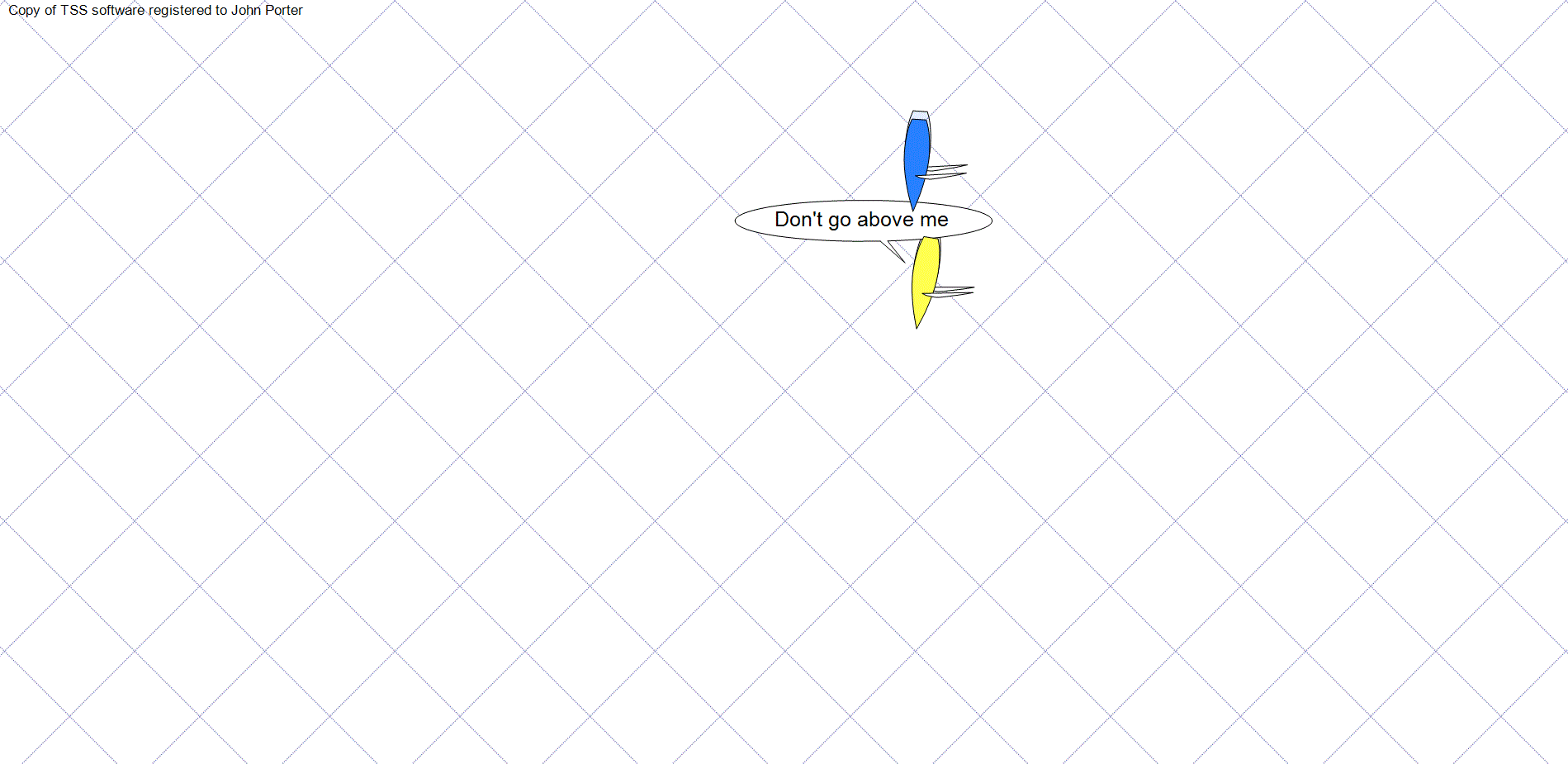
Description: Yellow and Blue are sailing downwind. Blue establishes an overlap from behind. Yellow hails Blue not to go above and heads up protect her lead. There was no contact. Blue alleges Yellow broke Rule 17. Yellow alleges she was not bound by Rule 17.
Did Yellow break Rule 17? Answer
#4 – “Does Rule 17 Apply 1”
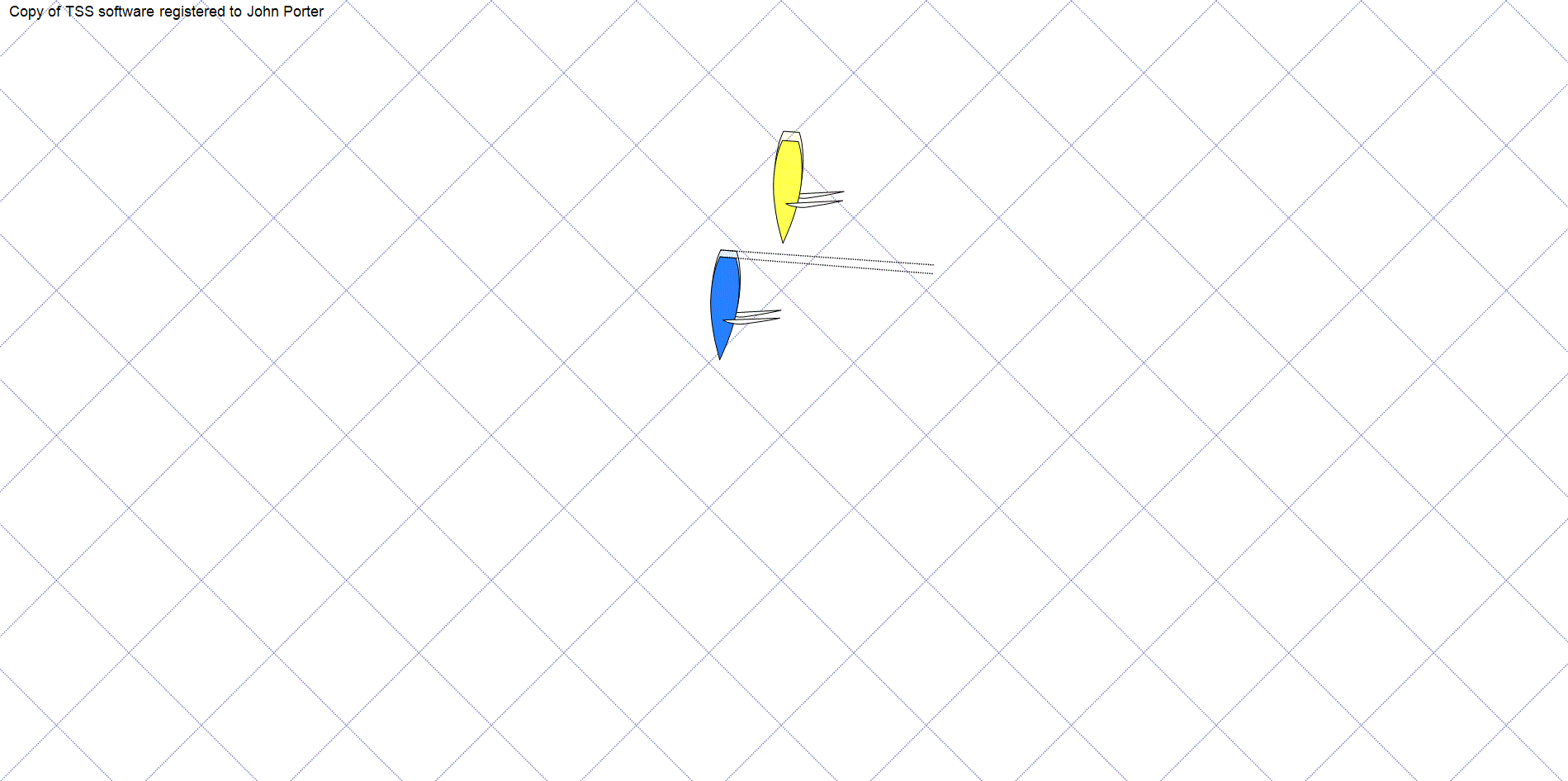
Description: Yellow and Blue are sailing downwind. Between positions 2 and 3, Yellow gybes twice.
Multiple choice question: After the gybes, Yellow is/is NOT (choose one) bound by Rule 17 to sail no higher than her proper course. Answer
#5 – “Does Rule 17 Apply 2”
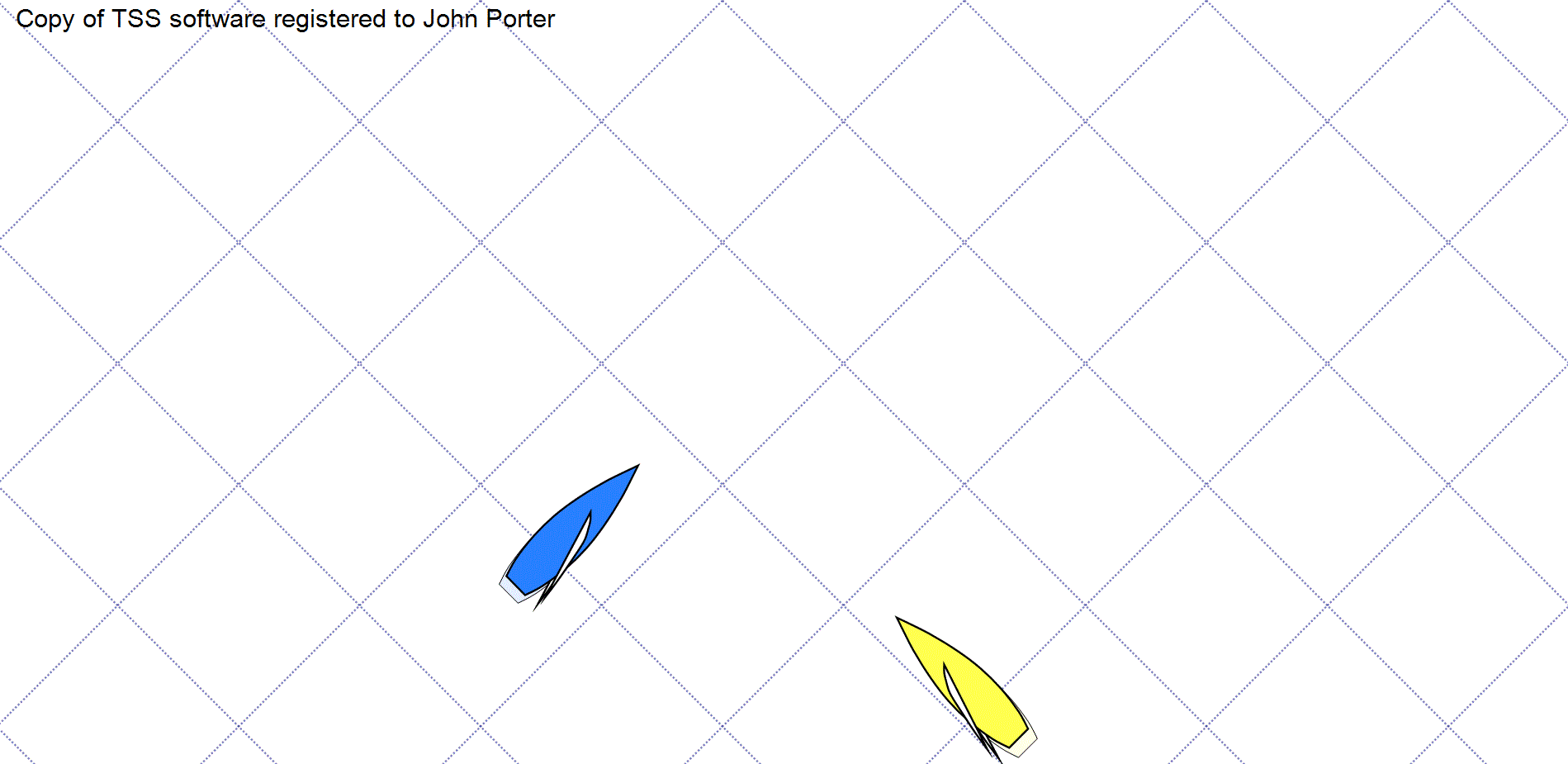
Description: Yellow and Blue are sailing upwind. Blue tacks ahead of Yellow. During Blue’s tack, Yellow establishes an overlap.
Multiple choice question: At position 3, Yellow is/is NOT (choose one) bound by Rule 17 to sail no higher than her proper course. Answer
#6 – “Does Rule 17 Apply 3”
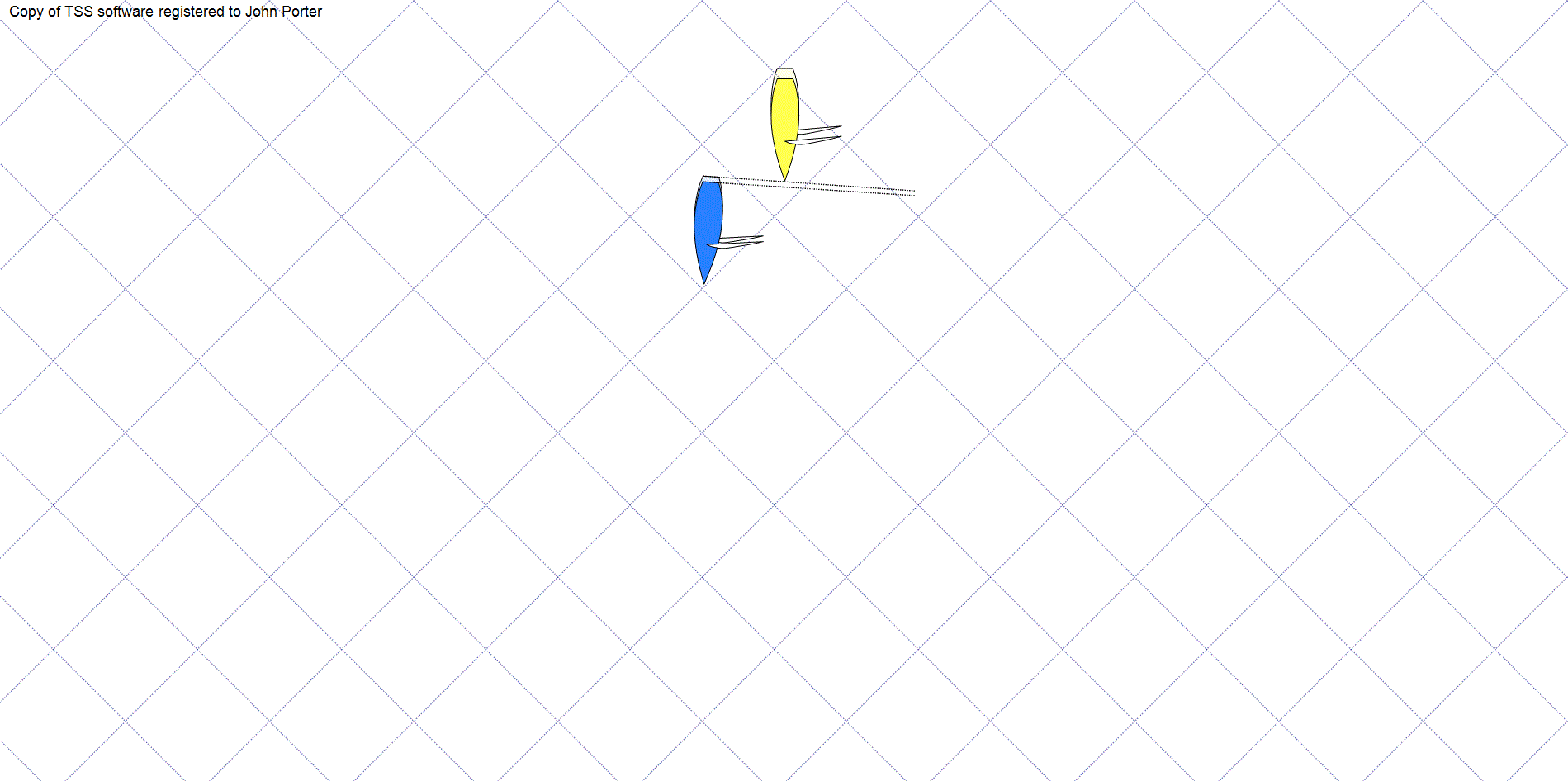
Description: Yellow and Blue are sailing downwind. Between position 1 and 2, Yellow establishes an overlap from clear astern. Between positions 3 and 4, Yellow sails ahead of Blue and breaks the overlap.
Multiple choice question: At position 4, Yellow is/is NOT (choose one) bound by Rule 17 to sail no higher than her proper course. Answer
#7 – “Does Rule 17 Apply 4”
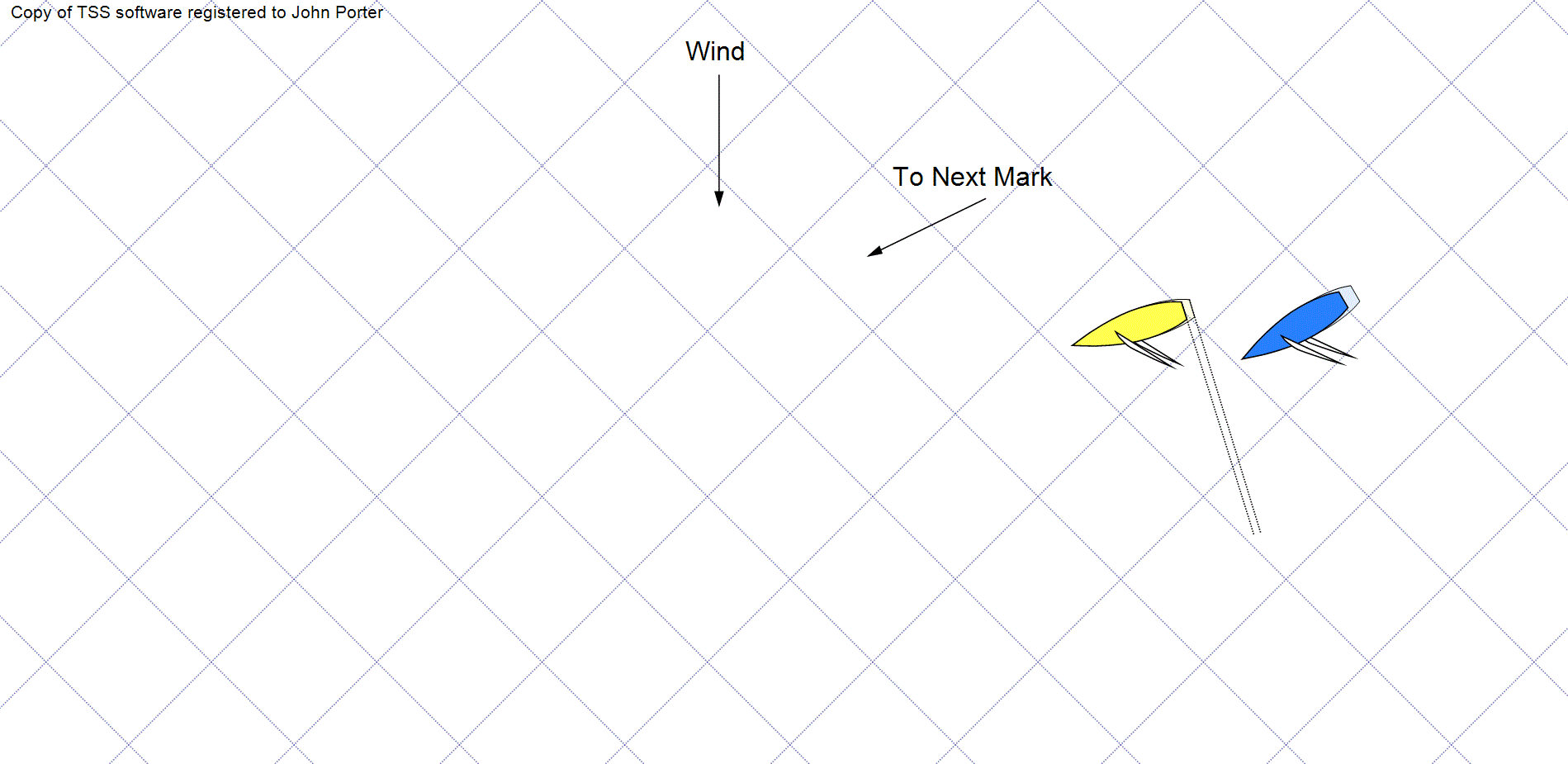
Description: Yellow and Blue are sailing on a reach. Between positions 1 and 2, Blue establishes an overlap from clear astern. Between positions 2 and 3, Blue sails low, away from Yellow, while maintaining an overlap. At position 3, Blue begins heading up and attempts to head up Yellow at position 5.
Multiple choice question: At position 5, Blue is/is NOT (choose one) bound by Rule 17 to sail no higher than her proper course. Answer
World Sailing Cases of Interest
Case 14 – Two boats on the same leg sailing near each other may have different proper courses.
Case 46 – A leeward boat is entitled to luff to her proper course.
Case 134 – A boat’s proper course at any moment depends on the existing conditions.
Related Content:
SailZing – Racing Rules Category
World Sailing Racing Rules of Sailing 2021-2024
Sailors Helping Sailors
Will you share your knowledge with your related Comments below?

